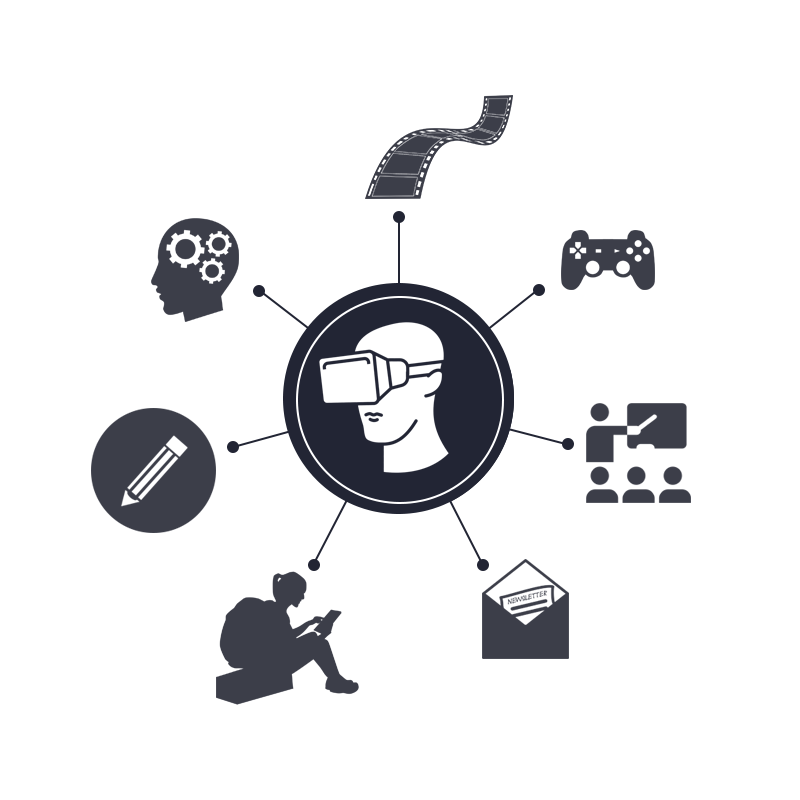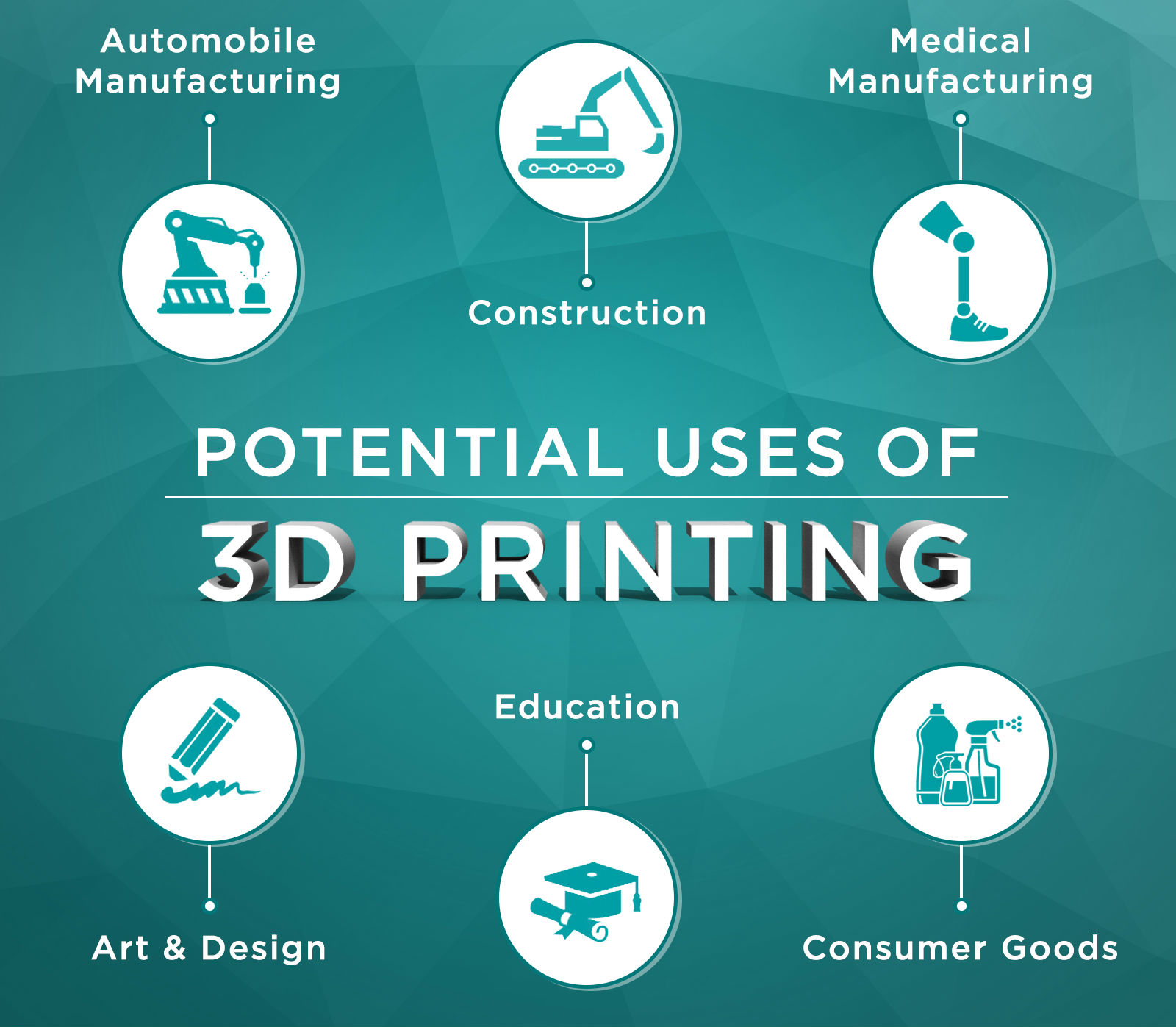Turning Dreams Into Reality – Experiencing Virtual Reality

What is Virtual Reality?
Technology is constantly evolving to make the user experience as seamless and effortless as possible. From the introduction of personal computers to the smartphone revolution, we’ve seen how technology has consistently grown more capable and provides accessibility to people all around the world. We’re steadily gaining access to forms of technology that previously only seemed possible in our favourite science-fiction movies; introducing the impressive, immersive world of Virtual Reality.
How does it work?
The concept of Virtual Reality is based on a digital, computer-generated environment that can be designed according to the creator’s wish.
For example, a computer-generated ‘desert island’ will provide the VR user with an visual representation of the scene, allowing the user to realistically feel as if they are stranded on a deserted island.
VR utilises a headset that fits around the user’s head, over their eyes, and separates the visual senses from the environment they are present in. Based on the media provided to the headset’s screen, the user is provided with an extremely convincing immersive experience, creating a world of potential to harness! VR allows users to visit Mount Everest, take a journey through Outer Space and immerse themselves in an engaging video game – all from the comfort of their living room.
How can I use it?
The technology behind VR has been the focus of many software developers around the world. While the usual VR setup will require the support of sophisticated hardware, there are more and more ways for an individual consumer to get a taste of the VR experience!
Google Cardboard
The driving force behind technological evolution is to assist the common man, and no company has embodied this spirit better than Google. By repurposing a simple piece of cardboard and a pair of cheap, embedded lenses, individuals can now experience VR through the help of Google Cardboard. The headset allows users to place their smartphones in such a way that the screen is held up to the user’s face, providing a makeshift VR experience. While it may not be completely immersive, Google Cardboard serves as an excellent first step towards bringing this technology to the masses in an affordable way.
Virtual Reality Headsets
There are more sophisticated devices in the market that provide both auditory and visual senses with an immersive experience. Devices such as the Oculus Rift, the HTC Vive, and Sony’s Playstation VR will cost you upwards of Rs.25,000/- and will need to connect with your PC or Gaming Console in order to be used. These headsets provide a better understanding of the technological capabilities of VR, as they allow a completely immersive experience, including the use
of arms and legs to interact with the environment. While they are significantly more expensive, these devices stand as the most accurate, effective uses of immersive Virtual Reality technology.
Impact of VR

The video game industry may have been the first enthusiastic propagators of Virtual Reality, but it is by no means a technology restricted to children’s entertainment. Just as technology is bridging the gaps in various industries, like with 3-D Printing, Digital Currencies, Data Storage etc., it is creating an entirely new dimension in experiential marketing, advertising and information dissemination. The possibilities of this brand new medium are near endless. Here are a few primary examples of its implementation –

Be it blockbuster films from around the world, or live musical / theatrical performances. VR offers a way to bring these experiences to your living room. Special cameras are being developed to capture a 360′ view of these experiences, and to subsequently stream them to users around the world. With the added aspect of being interactive, the film industry may completely evolve with VR.

Possibly the most common example of VR implementation, video games allow developers to test the boundaries of immersive, entertainment experiences. More than the obvious enhancement in experience. VR lowers the barriers to entry for individuals less informed of video games. With the freedom of exploration and discovery. VR allows players to easily interact with these simulated environments and, somewhat literally, enjoy an out-of-this-world experience.

There is no end to the potential of VR in fields of Science. From fields of Medicine to Astronomy, the educational and experiential capabilities of VR is astounding. This technology allows individuals to gain a thorough understanding of both; the theoretical and the practical implementation of certain fields, through an immersive experience. Imagine being able to visit ancient Archeological sites around the world, or perform complicated surgical procedures, from the comfort of your classroom!

VR removes all physical limitations involved in an experience, which allows prospective buyers to gain the most informed opinion on any given purchase. From the Real Estate market allowing prospective home-owners to physically place themselves in potential flats, to the average Online Consumer being able to virtually ‘try on’ an infinite number of products before purchasing, VR is the solution.

Virtual Tourism is another aspect of VR that has remarkable potential for success, as it allows individuals to be transported to the location of their choice! Whether its a romantic evening in Paris, or an exhilarating trek up the Himalayas, users will be able to have a taste of what these experiences offer. Aside from the obvious experiential marketing potential of such a tool, VR also allows users to accurately share memories and experiences with their loved ones, offering a world of convenience to people unable to travel. We’re not even too far from the day where we’ll be able to record a 3602 live feed of our own memories, to be later enjoyed with full control.

VR allows artists to step into their canvas and interact with their creations. The level of control that designers will have increases, as they can now examine their designs with added precision and accuracy. Its tools of collaboration also allow artists to share their work effectively, and create an efficient method of sharing 3-D designs and concepts.

VR provides us with the most effective tool to understand human psychology, and provide an individual with the environment needed to stay calm and reflect on their thoughts. As the world grows more conscious of mental illnesses and the psychological effects of experiences, it comes as no surprise that VR is being utilised to best approach these issues. VR allows an individual to simulate a place of serenity, or to safely explore otherwise uncomfortable, unapproachable topics. This level of control will allow medical professionals to not only effectively diagnose problems, but also tailor-make the ideal solutions for each patient.
The future of technology is promising, and there are an infinite number of ways in which technology will evolve in the years to come. As is the case with any technological revolution, we must bear in mind the potential benefits and threats of an over-reliance on technology. Most importantly, we have the privilege of being here to witness this great step towards the future, and must fully understand how to be a part of it.

 The primary incentive behind investing in Smart Homes is the added convenience offered by it. Equipped with a simply remote control, users gain access to a wide variety of systems, including temperature control, communication devices, or multimedia devices, located throughout the home. With the help of integrated hard drives, homeowners can enjoy full connectivity with the rest of the home, streamlining daily tasks and making things easier.
The primary incentive behind investing in Smart Homes is the added convenience offered by it. Equipped with a simply remote control, users gain access to a wide variety of systems, including temperature control, communication devices, or multimedia devices, located throughout the home. With the help of integrated hard drives, homeowners can enjoy full connectivity with the rest of the home, streamlining daily tasks and making things easier.














 1. Password Practices
1. Password Practices 2. Tighten Your Security & Privacy Settings
2. Tighten Your Security & Privacy Settings 3. Security Program / Software
3. Security Program / Software 4. Regularly Install Updates
4. Regularly Install Updates 5. Never Simply Click On Any Link
5. Never Simply Click On Any Link